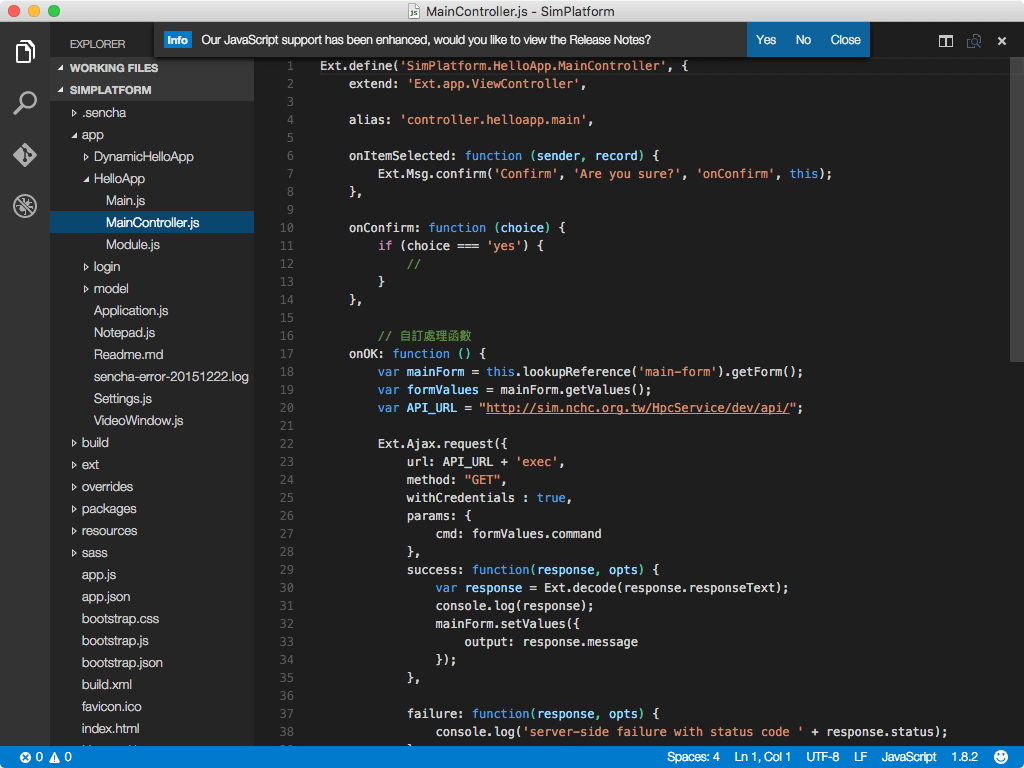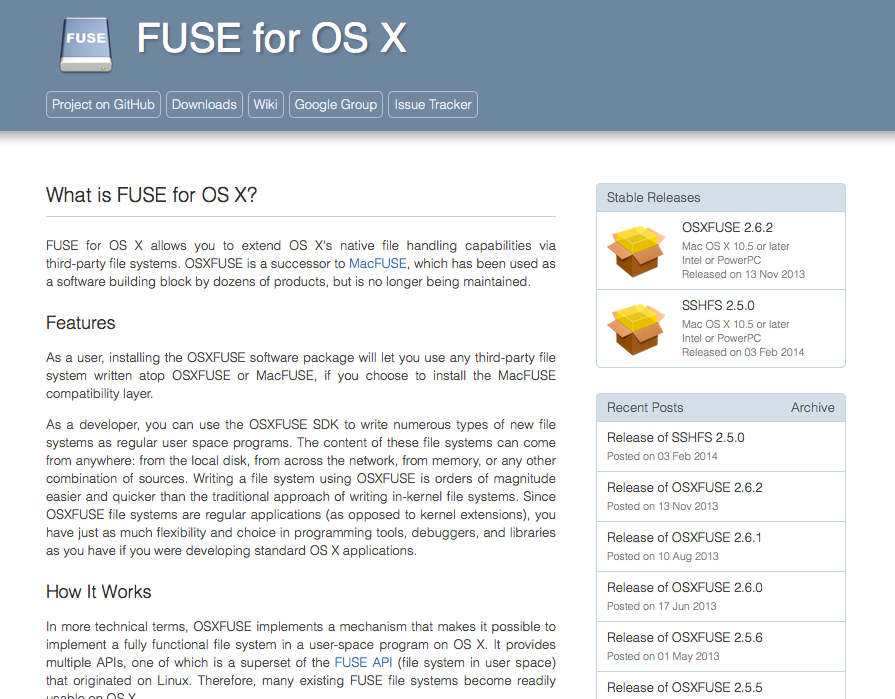


It is a successor to MacFUSE, which has been used as a software building block by dozens of products, but is no longer being maintained.Īs a user, installing the FUSE for macOS software package will let you use any third-party FUSE file system. Learn more about Quobyte and all its benefits.FUSE for macOS allows you to extend macOS's native file handling capabilities via third-party file systems. Next, in a Terminal window create a directory using “mkdir” and you should now be able to mount any volume from your cluster using “mount.quobyte” Once the installation is finished, you will get the following message: You can go to System Preferences -> Security and Privacy and manually allow it to be installed: Once again, an Apple’s security message will most likely appear:


Next, you download the Quobyte client here. You will need to restart your machine, and this will complete the installation. To complete the installation, you will need to give permission for it to be installed:Ĭlick on “ Open Security & Privacy Preferences ” and allow it to be installed. Now, you can go to the macFUSE website and download the latest version: After that you can just restart your machine. Then click on “ Security Policy ” and uncheck the “ Full Security ” box and click on “ Reduced Security ” and check the two boxes below. If you only have one, it’ll be chosen automatically. ” At this point, it will ask you to choose a disk. ” Then, click on “ Utilities ” in the top-left menu, and select “ Startup Security Utility. So, enabling the extensions requires you to launch the Startup Security Utility, and choose “ options. When you try to install it, you will see the following message: If you have your default settings, this will involve some extra steps. Here is how you can do that.įirst, you need to download and install macFUSE. However, if you are using MacOS Monterey, especially if you have a Mac with an Apple M1 chip, you will need to install macFUSE and then the Quobyte client. From the Quobyte side, installing the Quobyte client is just a matter of downloading the client, installing it, and running a simple line of code in a Terminal window.


 0 kommentar(er)
0 kommentar(er)
